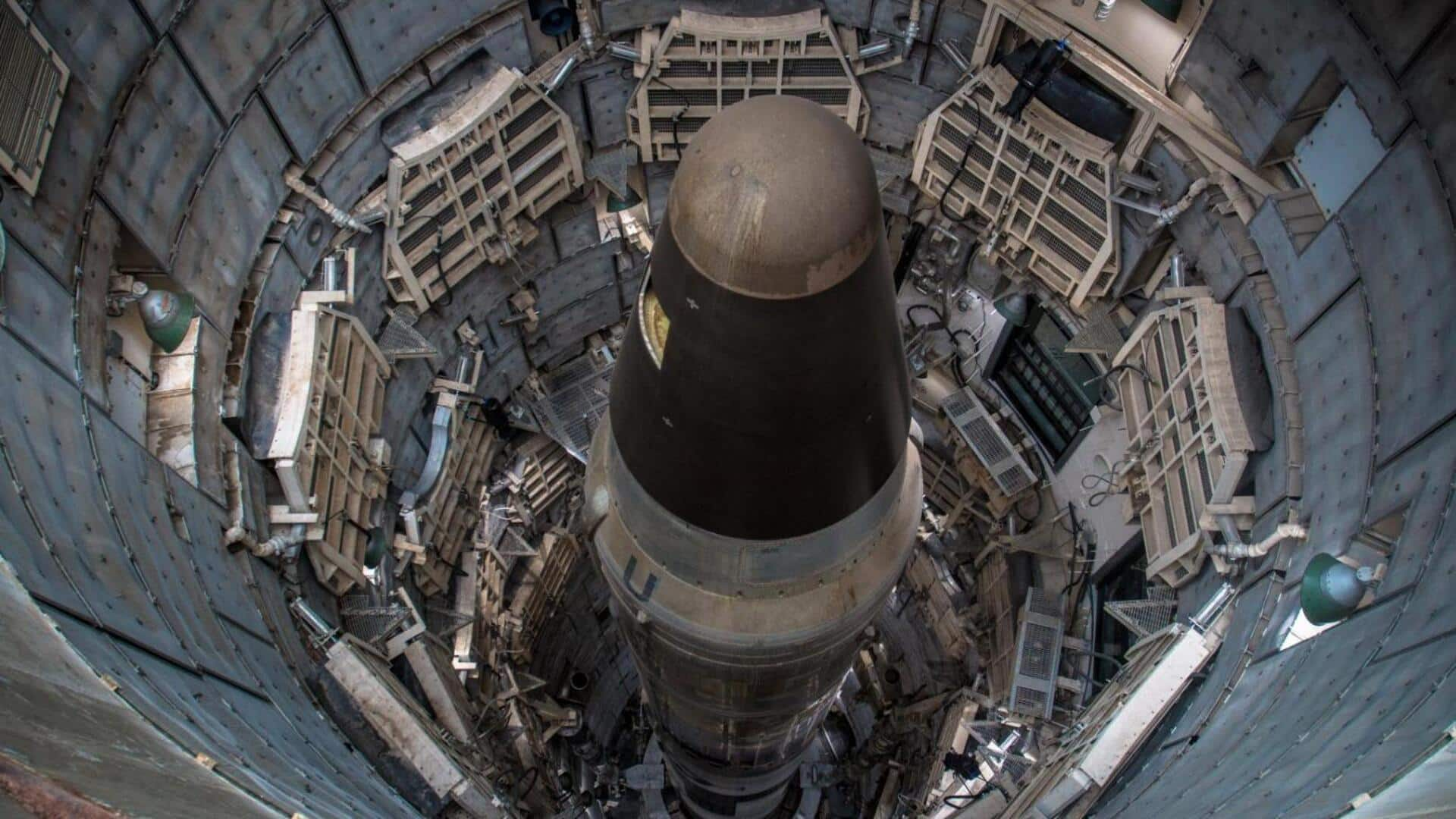
Breakthrough AI system can distinguish real nuclear warheads from decoys
What's the story
Chinese scientists have developed an artificial intelligence (AI) system that can tell real nuclear warheads from decoys, according to the South China Morning Post. The revolutionary tech, the first of its kind in arms control verification, was detailed in a peer-reviewed paper published recently by researchers at the China Institute of Atomic Energy (CIAE). The development could give China an edge in stalled international nuclear disarmament talks and spark debate on AI's role in managing weapons of mass destruction.
Hurdles faced
Overcoming challenges in AI development
The project, based on a verification protocol co-proposed by Chinese and American scientists over a decade ago, faced three major challenges. These were training the AI with sensitive nuclear data (including real warhead specifications), assuring Chinese military officials it wouldn't leak secrets, and convincing skeptical nations, especially the US, to abandon Cold War-era verification methods. So far, only the first hurdle has been fully addressed.
Tech details
AI system's innovative verification technique
The AI system is dubbed "Verification Technical Scheme for Deep Learning Algorithm Based on Interactive Zero Knowledge Protocol." It uses a multi-stage approach combining cryptography and nuclear physics. Using Monte Carlo simulations, researchers created millions of virtual nuclear components to train a deep learning network on neutron flux patterns. The AI showed extremely high accuracy in identifying authentic warheads.
Security measures
Ensuring security during inspections
To prevent direct access to sensitive weapon designs, a 400-hole polythene wall was placed between the inspection apparatus and the warhead. This scrambled neutron signals to mask detailed geometry while allowing radiation signatures through. Repeated randomized inspections can reduce the risk of deception to nearly zero. The core innovation lies in verifying a warhead's chain-reaction capability, critical for a nuclear weapon, without exposing design details.
Research center
CIAE's role in China's nuclear weapons program
CIAE, a subsidiary of the China National Nuclear Corporation (CNNC), is a key research center in China's nuclear weapons program. The tech breakthrough comes amid stalled US-China nuclear arms talks. While US President Donald Trump sought renewed dialogue, China has resisted, citing its much smaller arsenal (estimated 600 warheads vs. America's 3,748) and distrust of traditional verification methods.